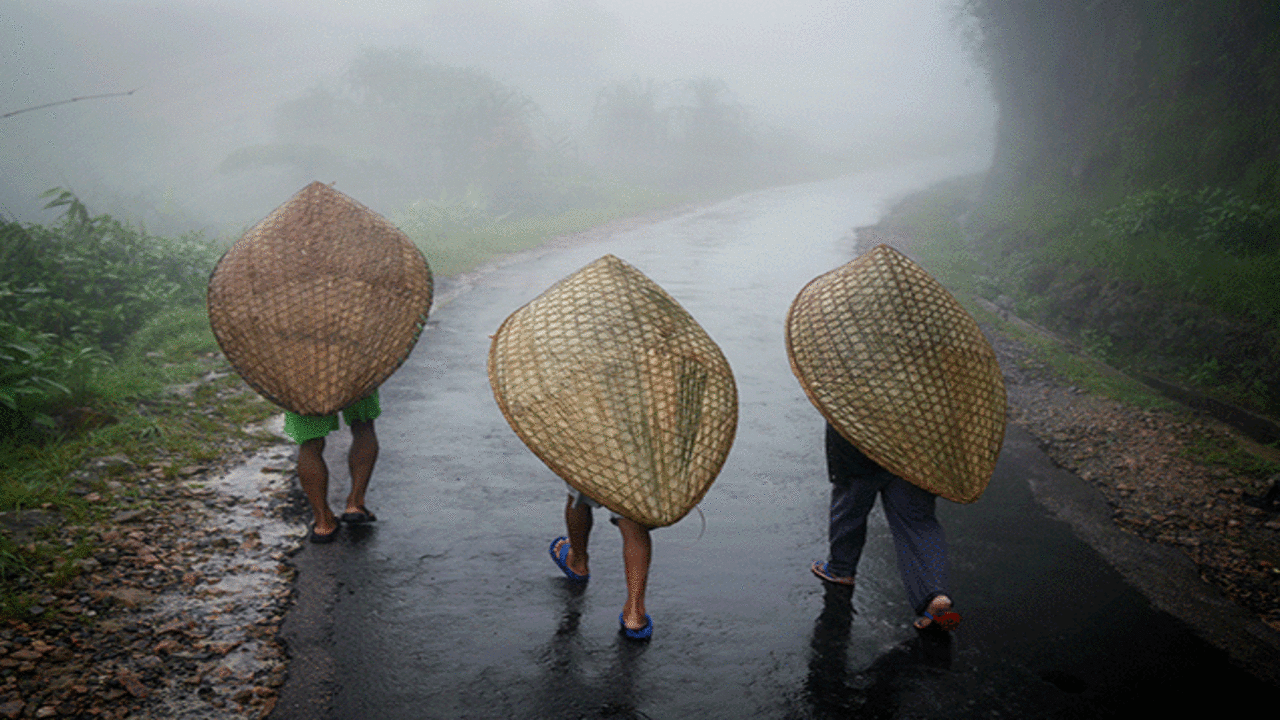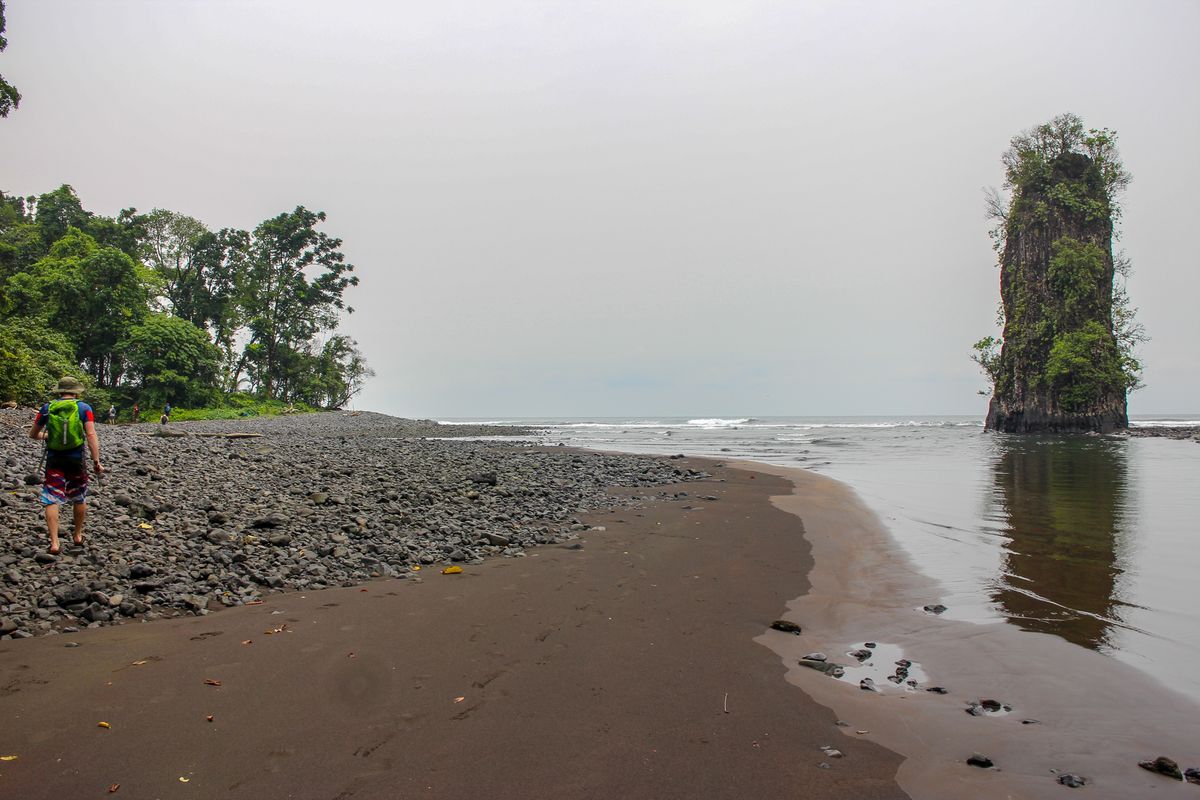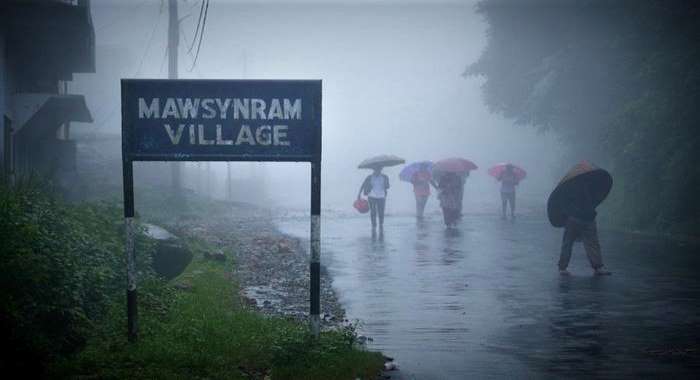Rain plays a vital role in shaping our seasons. One of the biggest reasons for heavy rainfall in many parts of the world is the monsoon. Monsoons are seasonal winds that bring moisture from the oceans to the land. When these winds encounter mountains or hills, they rise and cool, causing rain to fall. This process is called orographic rainfall.
Monsoons significantly impact farming, water supply, and daily life. In India, the summer monsoon brings most of the yearly rain between June and September. Without it, crops would fail and rivers would dry up.
Did you know that the strongest monsoons can be found in South Asia? They can unleash torrential rains, leading to floods and landslides that reshape the landscape.
In some extraordinary places, rainfall exceeds a staggering 10,000 mm each year! Rainfall is typically measured in millimetres or inches, making it easier to illustrate just how much water saturates these regions.
So, what do you think? Which location holds the title for the highest rainfall in the world? Let's find out!
List Of Top 7 Places That Receive The Most Rainfall In the World
The place that receives the highest rainfall in the world is generally considered to be Mawsynram, India.
| Rank | Place | Country | Average Annual Rainfall (mm) |
| 1 | Mawsynram | India | 11,871 |
| 2 | Cherrapunji | India | 11,777 |
| 3 | Tutunendo | Colombia | 11,770 |
| 4 | Cropp River | New Zealand | 11,516 |
| 5 | San Antonio de Ureca | Equatorial Guinea | 10,450 |
| 6 | Debundscha | Cameroon | 10,299 |
| 7 | Big Bog | Hawaii, USA | 10,272 |
| 8 | Puu Kukui | Hawaii, USA | 9,293 |
| 9 | Mt. Waialeale | Hawaii, USA | 9,220 |
| 10 | Kukuihaele | Hawaii, USA | 9,175 |
1. Mawsynram, India

Mawsynram holds the title as the wettest place on Earth, recording nearly 11,871 mm of rain annually. Nestled in the Khasi Hills of Meghalaya, India, it attracts heavy monsoon clouds from the Bay of Bengal. The rainfall here results from the unique topography, where moist winds are trapped by the surrounding hills and mountains, creating persistent, intense showers. Most of the precipitation falls between June and September, sometimes causing landslides and flooding, but also supporting lush forests and a vibrant local culture.
2. Cherrapunji, India

Located near Mawsynram, Cherrapunji is renowned for its living root bridges and heavy rainfall, averaging 11,777 mm per year. Despite such high precipitation, the region often experiences water shortages during the dry season. The exceptional rain comes from monsoon winds, which pound the region, making it green and picturesque, and an attraction for travellers worldwide for its unique natural wonders.
3. Tutunendo, Colombia

Tutunendo, located in Colombia's Chocó region, receives around 11,770 mm of rain annually. Its persistent deluges are a result of humid air masses from the Pacific Ocean colliding with the Andes. The area is covered in dense rainforest, and the rain supports rich biodiversity but poses challenges for infrastructure and lifestyles, making the local population highly adaptable to frequent downpours.
4. Cropp River, New Zealand

Cropp River, on New Zealand's South Island, records approximately 11,516 mm of rain annually. The region is characterised by steep mountains and temperate rainforest. Heavy precipitation happens because the westerly winds from the Tasman Sea are forced upwards by the Southern Alps, causing moisture-laden air to condense rapidly, resulting in extraordinary rainfall.
5. San Antonio de Ureca, Equatorial Guinea

San Antonio de Ureca averages 10,450 mm of rain annually, making it Africa's wettest location. Situated near the coast, its rainfall pattern is influenced by both the Atlantic Ocean and local topography. The area's lush equatorial rainforest supports unique wildlife and vibrant ecosystems, but the frequent, intense rains often make transportation and daily activities challenging.
6. Debundscha, Cameroon

Debundscha, located at the foot of Mount Cameroon, receives an average of 10,299 mm of rain each year. Its proximity to both the Atlantic coast and Mount Cameroon makes it a rain trap, with moist ocean winds forced upwards, causing copious rainfall. The persistent wet conditions foster verdant plant growth and have created an environment rich in plant species and rainforest habitats.
7. Big Bog, Hawaii

Big Bog, located on the Hawaiian island of Maui, gets around 10,272 mm of rainfall annually. The high rainfall results from trade winds colliding with the island's steep slopes, causing rapid condensation and precipitation. Big Bog's environment is home to unique tropical flora and fauna, though the remote location means it is mostly known through scientific research and rain gauge measurements.
Which Place In The World Receives The Highest Rainfall?

The wettest place in the world is Mawsynram, a small village in the state of Meghalaya, India. It receives an average annual rainfall of 11,872 millimetres (467.4 inches). That's more than 10 times the rainfall of London.
Mawsynram is situated high in the Khasi Hills, where moist air from the Bay of Bengal meets the mountains and rises, resulting in heavy orographic rainfall. The monsoon winds from June to September bring most of this rain, often turning the village into a misty, drenched wonderland.
Additionally, here's a fun fact for you: In 1985, Mawsynram set a Guinness World Record by receiving 26,471 mm (1,042.2 inches) of rain in a single year.
Its nearby neighbour, Cherrapunji, also in Meghalaya, once held the record for the most rainfall in a single month and year, making this region a true rain magnet.
Comments
All Comments (0)
Join the conversation